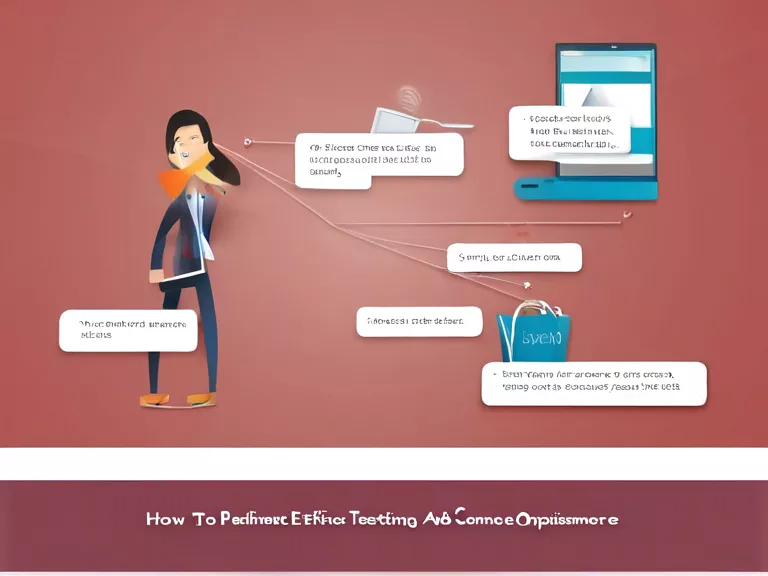
Best Practices for Personalizing Customer Experiences in E-commerce
In the competitive world of e-commerce, personalization is key to standing out and retaining customers. By tailoring the shopping experience to each individual, businesses can increase customer satisfaction, loyalty, and ultimately, revenue. Here are some best practices for personalizing customer experiences in e-commerce:
1. Utilize Customer Data
Collect customer data through various touchpoints such as website interactions, purchase history, and social media engagement. Use this data to create detailed customer profiles and understand their preferences and purchasing behavior.
2. Implement AI and Machine Learning
Harness the power of artificial intelligence and machine learning algorithms to analyze customer data and predict their future preferences. Use this information to offer personalized product recommendations, content, and promotions.
3. Segment Your Audience
Divide your customer base into different segments based on factors like demographics, behavior, and purchase history. Send targeted marketing messages and offers to each segment to increase relevance and engagement.
4. Personalize the Shopping Experience
Customize the shopping experience for each customer by displaying recommended products, tailoring promotions, and providing a personalized homepage based on their preferences and browsing history.
5. Engage with Personalized Communication
Use personalized emails, messages, and notifications to communicate with customers. Address them by name, recommend products based on their interests, and provide exclusive offers tailored to their needs.
By implementing these best practices for personalizing customer experiences in e-commerce, businesses can build stronger relationships with customers, drive repeat purchases, and ultimately, increase their bottom line.



